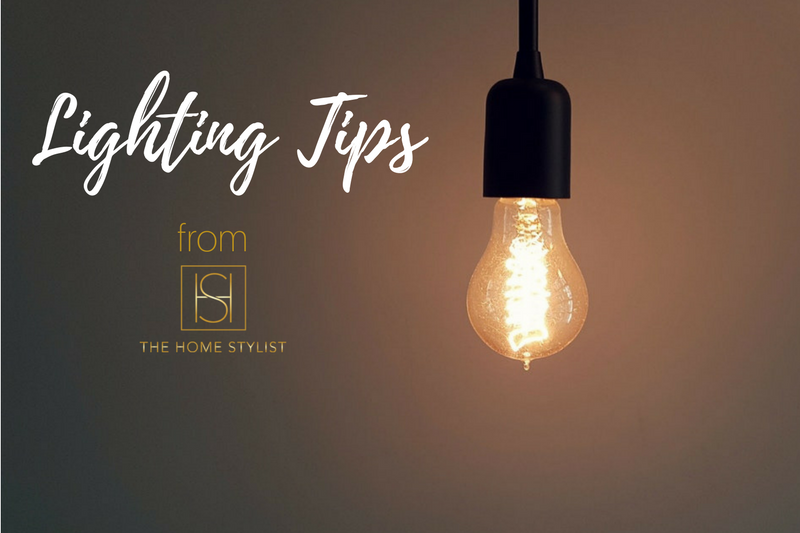One of the essential elements of Home Styling
“Because lighting makes such a statement in a room, it should be incorporated into a design scheme from the beginning”.
Marcia Zia-Priven, lighting designer
Lighting isn’t just necessary for everyday activities. Lighting adds ambience and warmth. Lighting adds drama and highlights special areas of a room. Lighting is key to
When considering lighting, there are three different areas to consider:
- general lighting – usually overhead or wall mounted
- task lighting – think desk lamps and cabinet lighting in kitchens
- accent lighting – the fun lighting used to highlight an area or object like art

All lighting from Common Room HK
General lighting tips
General lighting is used to achieve the level of light needed for a specific room. This is usually overhead or wall mounted but can also come from table lamps, pendants and floor lamps. The general lighting in a kitchen lighting will always be more significant than in, say, a bedroom.

Lamps and shades from Bowerbird Home HK
Task lighting tips
Task lighting takes the level of light a step further by lighting specific areas used for everyday tasks. This may be under-cupboard lights in the kitchen or a lamp on a desk.
To avoid any issues with eyestrain and dark corners, you should always have a secondary source of light alongside your task lighting. Whether natural light from windows or soft overhead lighting or a dimmer lamp elsewhere in the room.
Display lighting tips
Display lighting, or accent lighting, does as it says; this adds the drama and can highlight your art, certain areas of a room or a beautiful piece of furniture. If you put an uplight behind a piece of furniture in the corner of a room it will instantly make the area more inviting.

Vintage Imari Lamp from Common Room HK
Lampshade styling tips
Another important thing to think about when it comes to lighting is the importance of lampshades. We are consistently seeing the wrong size shade used in the wrong place. Turn the shade on its side and measure it against the lamp base. It should be the same height. The shape of the shade should also reflect the shape of the base unless the base is a column which can match any shape.
The material of the lampshade is also important. A fabric or slightly see-through shade will spread light softly out through the shade, while a solid shade will send the light up and down.

Feng Shui lighting tips
Lighting is very important in the Feng Shui of a room. Light represents fire, one of the five elements that bring harmony and balance to every space and Feng Shui philosophy tells us that light has a profound effect on the home and the occupants in it.
One very important thing to remember is to not have any dark corners in your room. This is where lighting can be so powerful. We already mentioned lighting a piece of furniture from behind; this also gets rid of any dark corners!
“Lighting can change the entire mood of a room and be very inexpensive to change with dimmers, bulb covers or new shades“.
Rachel Ashwell, designer

Chandeliers or pendant lighting tips
Always make sure your chandelier or pendant light is on a dimmer. Dimming switches allow you to change the atmosphere in the room with a touch of a button and different chandeliers will look best with various levels of light. Install a dimmer, and you’ll be able to play around with the effect of your room with ease.

Mid-century walnut floor lamp from Common Room HK
Floor lamp styling tips
Sally Storey,
If you have an uplighting floor lamp, try and position it, so it lights as much of the ceiling as possible, spreading the light for an overall glow. If you are using a floor lamp which shines down, position it slightly away from any seats as Sally Storey suggests. You want to be able to use the light but not be distracted by it.
We hope you’ve taken some inspiration from these lighting tips and can go away to create even more atmosphere in your home.
Looking for a little more personalised advice? Book an online consultation with one of our virtual stylists for a voice-to-voice styling session!
For more design tips like these, sign up for our newsletter below and receive a free styling guide.



